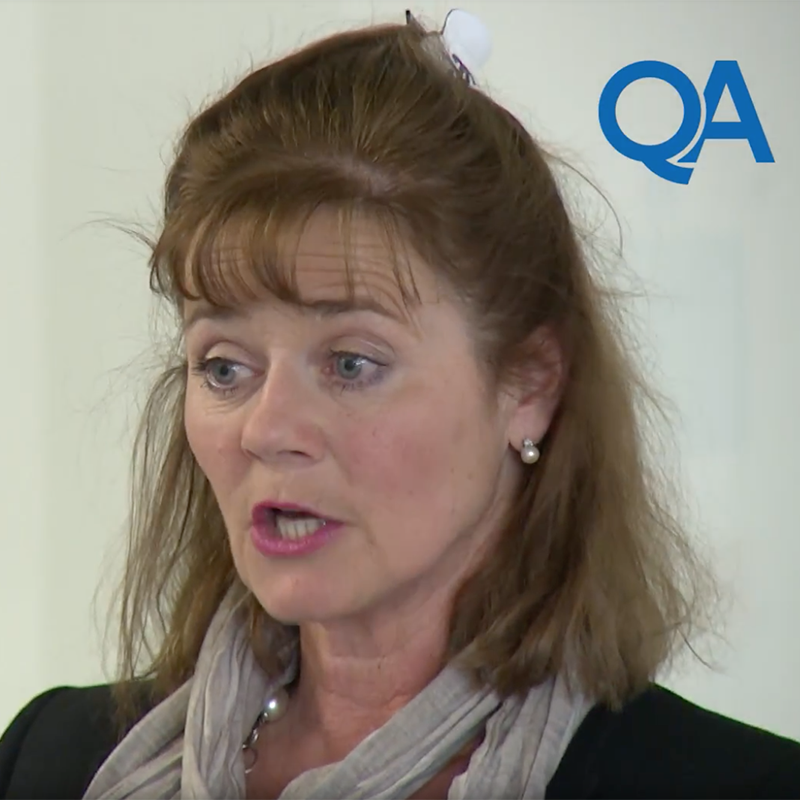
Successful technology adoption - it's all about the user
QA's Director of Digital Adoption, Tessa Swithenby, talks about the importance of user adoption in transformation projects and how it can be achieved.
Historically, the core focus of many IT Transformation teams has been on getting the technology, device and software right. QA’s Director of Digital Adoption, Tessa Swithenby, points to a real shift in customers’ priorities to now focus on the user: “While the technology element remains paramount, the focus has moved to a far more “user-centric” approach to transformations.”
“As a result, communications, business engagement, learning and support solutions have become as important as the new technology being implemented. For a successful and smooth transformation, we know we must manage the ‘user’ expectations from the beginning to the end of the change process,” adds Swithenby.
Ensuring users are fully informed and understand the ‘what, when and how’, and that they are ready to embrace change is a fundamental component of success. Through various training and support methods, QA ensures they understand and use the new technology to the best advantage, by creating interest, understanding and capability in the user base.
QA’s MACRO© Adoption model is outcome based, so our conversations during early scoping are about understanding business needs. For example, reduce travel costs and overcome meeting room problems, which means the ‘Adoption goal’ is to get users to work in new ways, ensure there is a change in their behaviours and they start using Skype, so we will see reduced travel costs and more productive staff, with more effective and timely meetings.
Another important part of Adoption is not only to ensure we understand the adoption goals and possible targets, but also to discuss with our customers how we are going to measure adoption. We have a number of ways and normally involve system measurement activity with the likes of PowerBI and also through surveys and questionnaires to the business. The use of specific tools and when we measure is all discussed in early scoping. The important part of measurement is not only to understand if the change of behaviour is taking place, but if it isn’t, we need to deliver further learning interventions and measure again.
So wrap that up with some good communications to the users, strong engagement with the business to understand the goals of the different business areas and their user personas; some outcome based, targeted training and support and ongoing measurement and we will see the behavioural change and adoption to the new ways of working is really taking place.
Watch all the presentations from QA's recent Digital Transformation Event.
#newrules #futureproof #SkillsfortheDigitalAge


